RacePhoto
Pete
- Joined
- Dec 29, 2006
- Messages
- 811
- Reaction score
- 93
- Location
- Wisconsin
- Website
- peteklinger.com
- Can others edit my Photos
- Photos NOT OK to edit
Having personally scanned about 5000-6000 35mm slides and a considerable amount of rolls of 35mm film on a Nikon 5000 (in my eyes the best desktop film scanner, not really cheap though), I can assure you that EACH scanned image needs postprocessing in terms of colour, sharpness, grain, contrast, ... even if you use all those fancy mechanism and algorithms like GEM and ICE
You can reduce the amount of postprocessing, at least regarding the colour
, if you use scansoftware like silverfast, and use calibration targets to calibrate your scanner and the film used. These targets can be bought from different sources for different types of film. This greatly improves the output of your (even cheap) scanner in terms of colour.
so even if you do not want to spend around 2000 USD for a high end desktop film scanner setup, you can still get decent scanning results if you use third party software. The good thing about silverfast is, that i think to remember that it is rather cheap for the cheap scanners and expensive for the expensive scanners.
Thanks folks. I did some more research and the slide feeder runs about $400 and the comments on here and other photo forums say the autofeed is not consistant and all will be scanned with the same settings. I guess that idea went out the window.
When I look at $1000 for the ability to scan my old slides, just taking them in, is looking better all the time.
I haven't priced film or slides to cd yet, but it's got to be less than days and days of scanning and paying $1000 for the right to do my own work. I don't shoot any film anymore, except for camera tests and just to take the old cameras out for a spin, just to have some fun.
Might as well take the money and buy that 300 f/4L IS USM that I've been drooling over.

Off the wall thought. Does anyone make a slide copier attachment for digital cameras? Drop em in, shoot em and there you have it. All digitized.






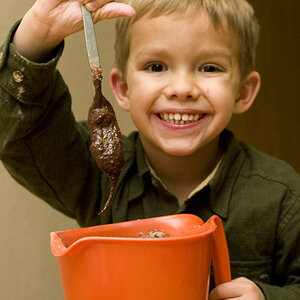

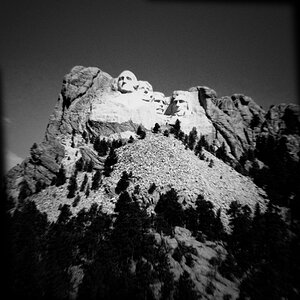
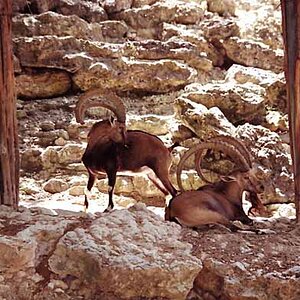
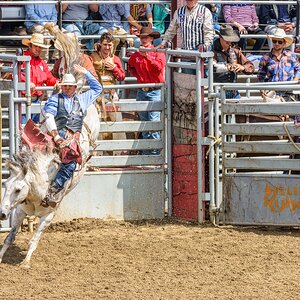
![[No title]](/data/xfmg/thumbnail/30/30859-ec099dbef074432d32832fceb25cf539.jpg?1619734479)
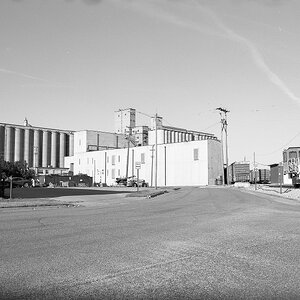
![[No title]](/data/xfmg/thumbnail/33/33028-42917987307dfd2eb37ddccec6dcb655.jpg?1619735842)
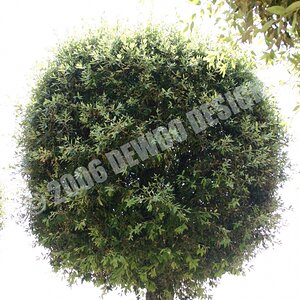
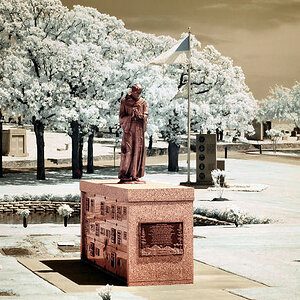
![[No title]](/data/xfmg/thumbnail/33/33025-0e4fc16dd87a477880f7aa74466d4f56.jpg?1619735838)